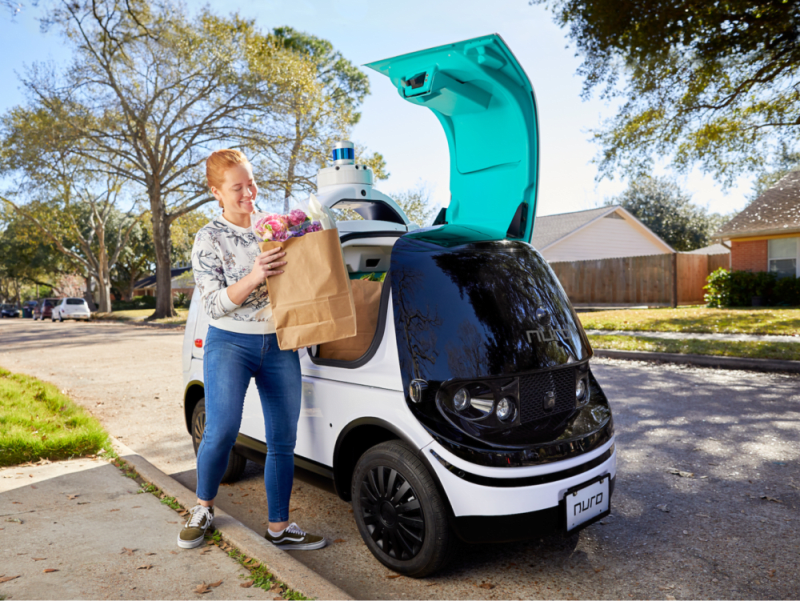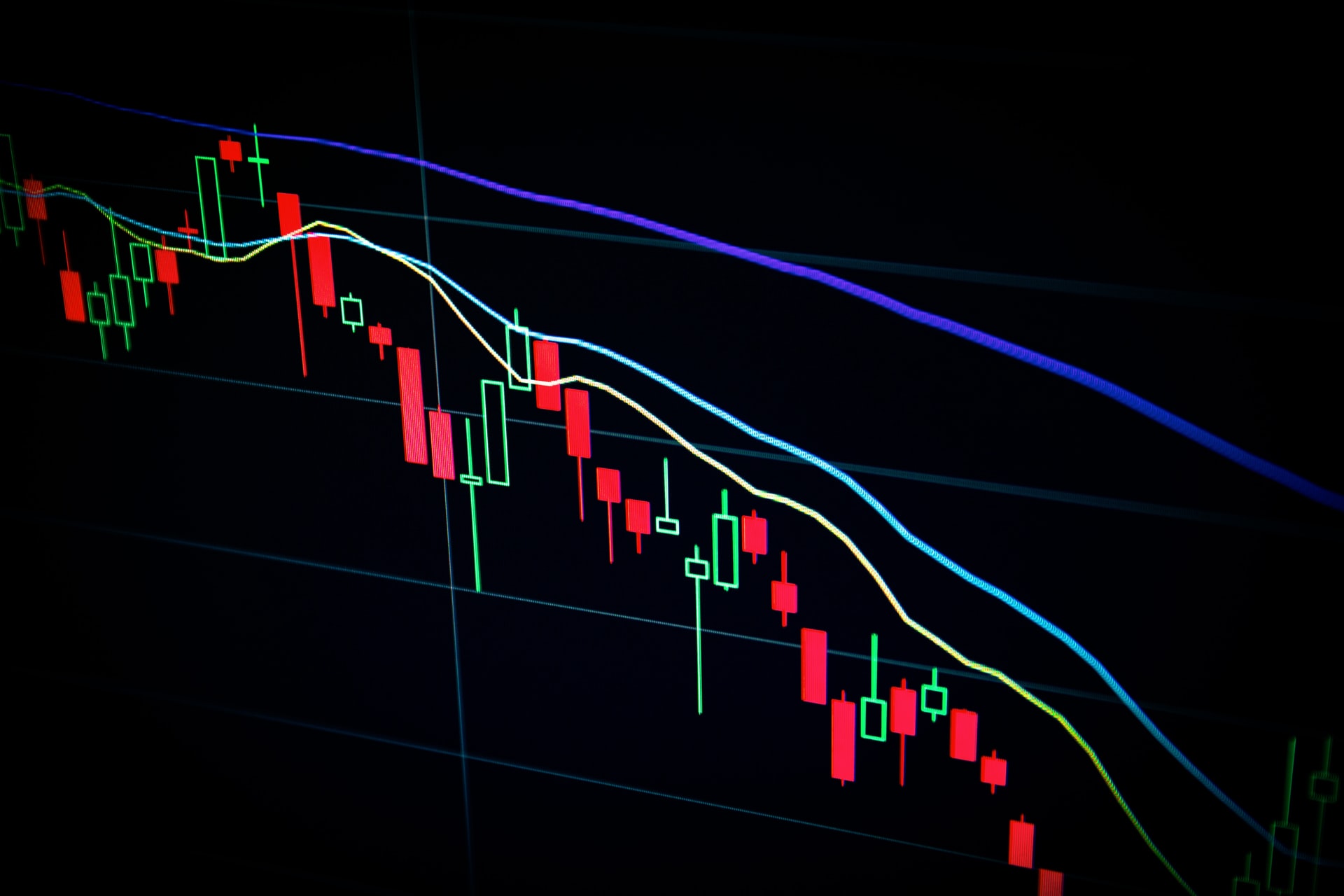This is the second installment in the series in discussing ARK invest’s Big Ideas publication. In the first part, I reviewed and shared my read to their the 1st to 6th ideas. This post will cover the next five ideas.

Electric Vehicles (EVs)
Based on Wright’s Law, ARK forecasts that EV sales should increase roughly 20-fold from ~2.2 million in 2020 to 40 million units in 2025.
Key takeaways:
- EV sales have been increasing, while gas-powered vehicles are decreasing
- Battery cost is the major barrier to lower EV’s overall cost. Wright’s Law1 has predicted nicely the cost of battery cells. EV ownership cost is expected to break even with gas vehicles in 2023 and lower in 2025.
- EV range and performance are improving, where Tesla is leading the competition.
- ARK believes traditional automakers lack the resource (software and engineers) to transition themselves and embrace the change

My confidence: 9/10. Tesla has revolutionized the EV industry. For people that still have doubt three years ago, they probably feel differently by now (me included). There are two major observations:
- EV’s range and cost are still higher, but it’s getting pretty close. People are getting comfortable paying the upfront cost for lower gas bills in the future, plus the “green” label for the pride.
- More and more automakers are joining the EV competition. For example, Volvo says all their cars from 2019 onward would be fully electric or hybrid-electric. Luxury brands like Porsche are also investing in EVs.
- If ARK’s prediction about autonomous ride-hailing was right, it will certainly accelerate the EV’s growth.
Automation
ARK believes automation will add 5%, or $1.2 trillion to US GDP during the next five years.

Contrary to common beliefs (or fears), ARK believes that more automation will not simply destroy jobs, but empower humans, increasing productivity and wage growth. The reason being that increased automation leads to higher productivity and output, which potentially leads to either 1) higher wages for employees 2) lower prices for consumers, 3) higher margins for companies, and 4) higher investments to create virtuous cycles.
This is backed by their research finding that labor cost drops lead to higher operating margins. Some people will indeed lose their job, but the loss of jobs in an industry does not mean the total employment will decline. Instead, it creates new job demand and more people will be benefited as a whole.
ARK believes that the automation adoption will go through an exponential growth in the next five years, this translates to 1.2 trillion to US GDP.
My confidence: 8/10. As a person with CS degrees (bachelor, MS, and Ph.D.), I’ve always taught, leveraged, witnessed, and convinced a core mission in CS is automation. For example, “lazy” CS grad will write scripts to crawl product prices instead of doing them manually. A more serious example is the ML applications, such as object recognition, which enables us to search for particular objects within trillions of images with a breeze. These are all proofs of why automation is a huge productivity boost and it’s the future. The only downside I found it a bit hand-wavy is that ARK’s paper does not show more evidence, data, or examples of how automation is and will be benefiting human beings, and what are some of the typical innovative technologies or companies they are talking about. It’ll be much more convincing if they share those.
Autonomous ride-hailing
ARK’s research suggests that autonomous ride-hailing platforms will generate more than $1 trillion in profits per year by 2030. In addition, automakers and fleet owners could enjoy profits of $250 billion and $70 billion, respectively.
Ride-hailing isn’t a new idea. We’ve already seen Uber/Lyft for some time and both of them have already successfully IPO-ed. ARK pointed out that the current market generates ~$150 billion, and the profit margin is as high as 50%. Therefore, autonomous ride-hailing may achieve similar margins with lower prices, lead to up to $6-7 trillion in revenue by 2030.
ARK suggests that there are three autonomous strategies right now, each with its pros and cons.
| Approach | Pros | Cons |
|---|---|---|
| Tesla - Camera-based | Scalable, faster to roll out | Less accurate |
| Waymo - LiDAR, HD mapping | Most accurate, moderate scalability | Need more time and resource to scale |
| Apollo - sensor infrastructure | Moderate accuracy | Least scalable, significant investment to infrastructure |

ARK believes autonomous ride-hailing has higher demand in developed countries, and can cut human cost by 90% in the US and 50% in China.
My confidence: 7/10. ARK is a strong believer in Tesla. They have significant portfolio weight in Tesla in most of their ETFs such as ARKK. I buy in the idea of autonomous ride-hailing, but less confident about how soon that can be done. This is a very high-risk task for computers and requires extremely high precision to avoid accidents at all costs. There are other operators in the wild there that might not as predictable as the stationary roads or the other robotaxi on the roads, and I am wondering how soon this problem can be addressed.
Drones Delivery
ARK believes that drone delivery platforms will generate roughly $275 billion in delivery revenues, $50 billion in hardware sales, and $12 billion in mapping revenue by 2030.
Autonomous air travel has improved in both range and costs. As of 2020, drones’ pilot range has increased to 12 miles, and the cost of 10-mile drone delivery is as low as $0.25.
Due to its cost savings and convenience, many applications are suitable for drone delivery, such as pharmaceutical delivery, bridge inspection, and parcel delivery. Federal Aviation Authority (FAA) allowed companies to operator drones beyond line of sight in the past two years. ARK estimates more than 20% of parcels can be shipped by drones.
COVID-19 has accelerated the online food delivery sales by 40% in 2020. This also signals drone delivery has a huge market opportunity here.
My conclusion: 9/10. Drone delivery is one of the applications of automation. As a consumer, I use online food delivery and online merchants such as Amazon frequently. I strongly believe drone delivery can make the shipments faster. Besides drones, I am also excited about the possibility of using robotic delivery to solve the last mile problem for either food or parcel. For example, Nuro has been pilot-testing their self-driving vehicles in Mountain View neighborhoods.

Orbital Aerospace
According to ARK’s research, the orbital aerospace opportunity – including satellite connectivity and hypersonic flight – will exceed $370 billion annually.
I didn’t find the exact definition of orbital aerospace, but I do notice that ARK is about to launch its new ETF in the space exploration territory. Here’s their definition (source):
“Orbital Aerospace Companies are companies that launch, make, service, or operate platforms in the orbital space, including satellites and launch vehicles. Suborbital Aerospace Companies are companies that launch, make, service, or operate platforms in the suborbital space, including drones, air taxis and electric aviation vehicles.
The major argument is that the satellite launch cost has lowered (again, SpaceX, another Elon Musk company), and therefore the number of satellites scheduled for orbit has increased significantly: there are less than 5000 happened in 2020, and there are 25000+ scheduled.
These satellites enable serving the population without broadband access, and ARK estimates the satellite connectivity market could approach $100 billion annually over the medium term.
My conclusion: 5/10. Space exploration has been mainly a state effort and distant from general consumers for many years. SpaceX is the first one that opens it up and pictures the possibility of more consumer use. The fact that it is so new makes it a bit risky to bet heavily at this point.




Comments